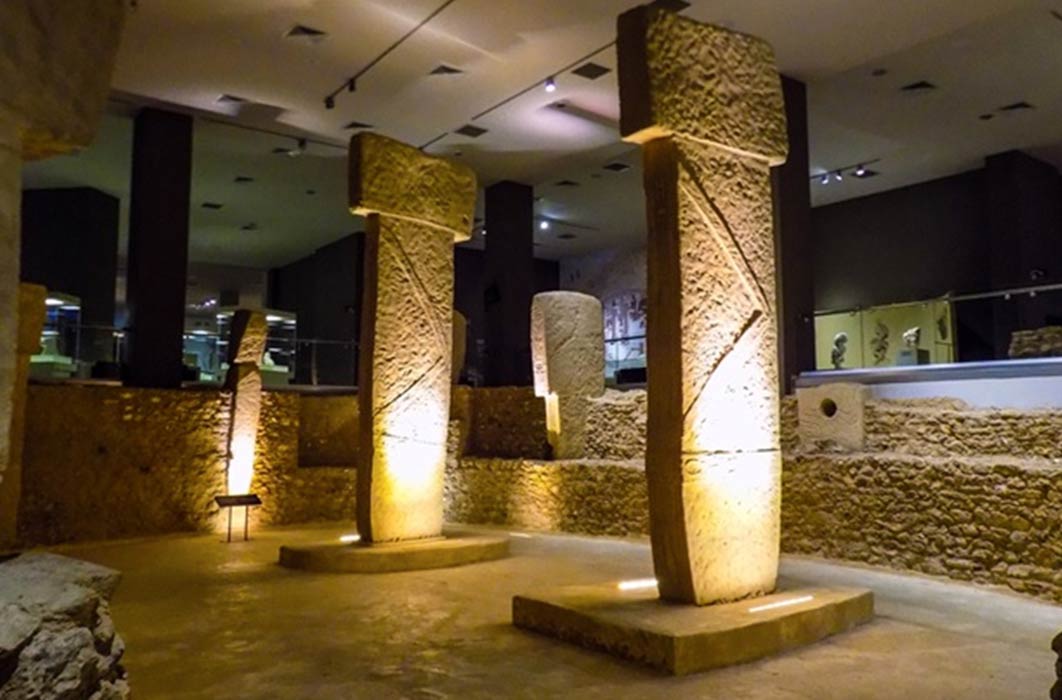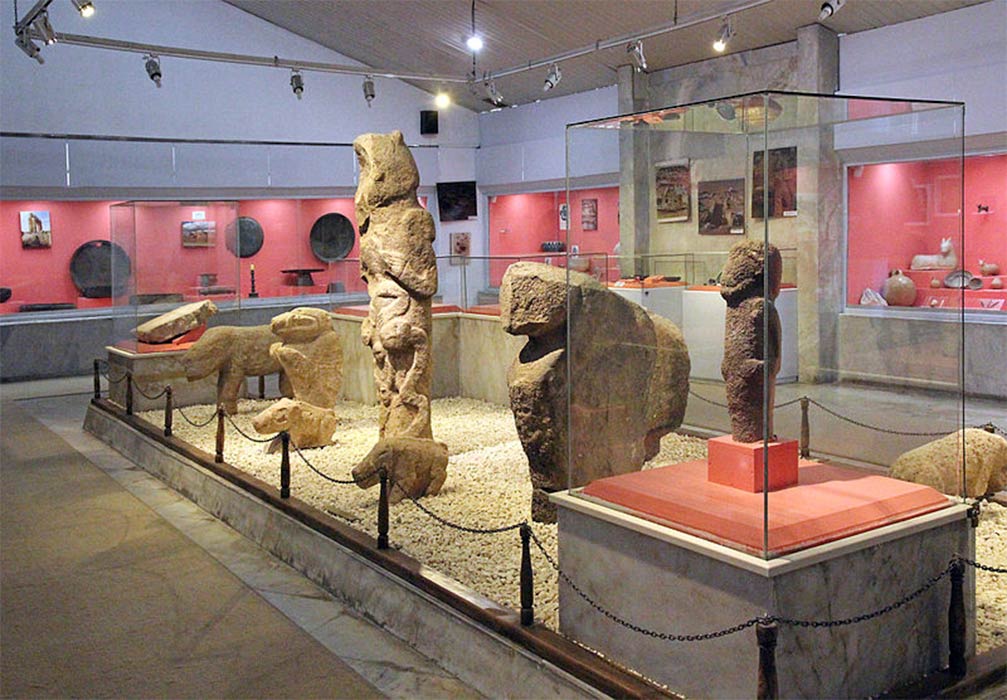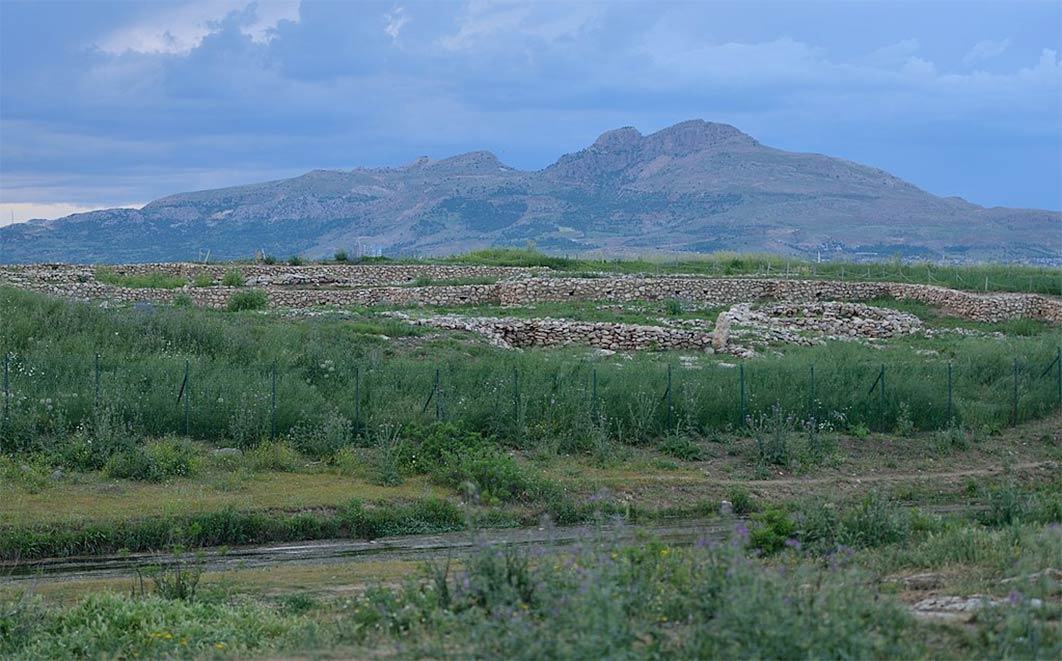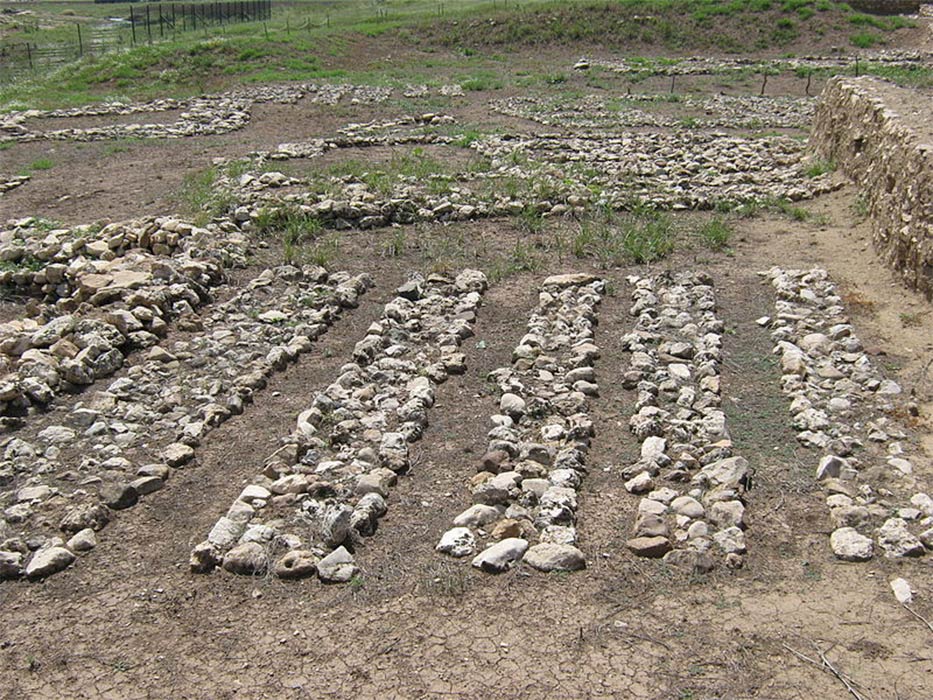
Orthostats Of Çayönü Tepesi, Nevalı Çori And Göbekli Tepe
One day in October 1994 Professor Klaus Schmidt, an archaeologist working with the German Archaeological Institute and the University of Heidelberg, made the trek out to a bleak limestone plateau, situated close to the southernmost limits of the Anti-Taurus Mountains, just eight miles (13 kilometers) northeast of the Turkish city of Şanlıurfa. It was a decision that would change his life forever and alter the very way we perceive the rise of civilization in the ancient world. Schmidt’s intention was to inspect a large artificial mound composed of earth and rock debris, which sits on a mountain ridge that rises to a height of just under half a mile (780 meters) above sea level. Stretching away toward the south lay the Harran Plain, where the patriarch Abraham is said to have set out on his journey to the Promised Land some 7,000 years after the incredible events that gave rise to the almost alien world that awaited discovery here at Göbekli Tepe, the “hill of the navel.”

Steles and sculptures from Göbekli Tepe (Klaus-Peter Simon/ CC BY-SA 3.0)
Discarding Site V52/1
Schmidt knew that as early as 1963 a joint team from the universities of Istanbul and Chicago had visited the site and identified a number of knolls, or rises, that cover an area of some three and a half acres (1.44 hectares)—a figure extended to 22 acres (nine hectares) following a geomagnetic survey of the site in 2003. The 1963 expedition noted that immediately west of Göbekli Tepe’s rounded summit prehistoric stone tools lay strewn across a wide area. They belonged to an age when the inhabitants of southeast Anatolia (modern-day Turkey) were making the transition from hunter-gatherers to settled pastoralists and farmers.
The survey team also recorded the presence at Göbekli Tepe (documented as site V52/1) of cut and dressed slabs of limestone bearing evidence of carved relief. Team member Peter Benedict, an anthropologist with the University of Chicago, concluded the fragments came from a lost Byzantine cemetery. It was a decision influenced perhaps by the fact that the local Kurdish community consider the tepe or tell—these being, respectively, the Turkish and Arabic words for a large artificial mound created by human occupation—as sacred, using it themselves as a cemetery for their dead. At its summit, modern graves lie within a walled enclosure clustered around a single fig-mulberry tree, a sight clearly visible to anyone approaching the mountain from the plain below.

The site of Çayönü, in southeastern Turkey (Dûrzan Cîrano / CC BY-SA 4.0)
Çayönü Tepesi Sublime Sophistication
Göbekli Tepe was not investigated further, with the entire matter being confined to a single report published in 1980. Instead, the joint Istanbul-Chicago team concentrated their efforts on excavating an important early Neolithic site at Çayönü Tepesi, located four miles (six kilometers) southwest of the town of Ergani, northwest of the city of Diyarbakır. Having thrived, in the main, between ca. 8630 BC and 6820 BC, Çayönü is noted for the discovery there of a series of rectangular buildings with distinctive grill-plan subfloors composed of low, parallel walls of stone, possibly to allow air to pass freely beneath the main flooring. Here too was found some of the earliest evidence for the use of copper, beaten into shape, not smelted, along with evidence of animal husbandry in the form of pig domestication and the earliest known use of linen fabric, a piece being found still wrapped around an antler.

Grill architecture (Krähenstein/ CC BY-SA 3.0)





